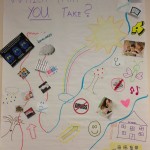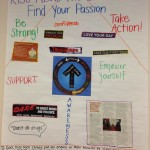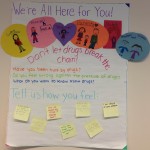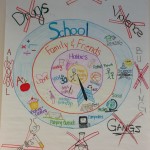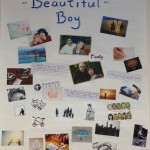Say you are coming in for an interview as a teacher candidate. I, as the hiring principal, would need to know a few things about assessment. I would want you to answer a few questions as follows:
- Why should teachers assess students’ learning?
- What do teachers need to know about assessment?
- How should teachers measure students’ learning?
Can I assume that you are familiar with the following basic terms in assessment: Standardized testing and portfolio assessment; Norm-reference and criterion-referenced tests; Formative vs. summative assessments? Can I also assume that you know how to generate valid instruments to assess students’ learning?
I want you to tell me exactly what you would do to assess your students. Maybe you can show me some sample examples of your assessments on your students’ achievement. Can you describe how you analyze your students’ work and performances and how you modify instructional strategies and materials to address individual students’ needs? Can you talk about the biggest challenges you had in assessment?
Student achievement reflects how the learning goals are met. Assessments used to play an important role in providing teachers with specific information on how students have learned as well as how teachers should modify the instruction to help students achieve better. Ever since the No Child Left Behind (NCLB) Act took effect, many school administrators and teachers changed their regular routines of teaching into doing test preparations. Teachers are very much concerned about their students’ test performance. Testing and assessments become the main part of the instructional activity, rather than a major device to check on students’ understanding and to maximize students’ learning outcomes.
There are a few issues about assessments worth noting:
- Assessment results do not always match the true effort of teaching and learning. Good test-taking strategies can be taught or modeled to yield better results. Such results do not necessarily reflect good solid learning. Many cramming schools and test-prep centers can train students to get good test results within a short period of time; while many other students who work hard but cannot achieve good scores because they lack good test-taking strategies.
- The assessment performances can be enhanced via a shared responsibility between teachers, students, and parents. If the test results are not satisfactory, we should not blame solely the teacher or the student. Instead, we should look at various factors affecting the results and try to modify teaching and learning accordingly.
- Assessment should be regarded as an overarching device to monitor and drive the instruction and learning. Many teachers consider standardized testing as the major form of assessment. However, there are many different forms of assessment that can be used to evaluate the students’ performance. Teachers can use observations, questions, game-like activities, worksheets, challenges, and other device (such as portfolios or projects) to assess. Genesee and Upshur (1996) in Classroom-based evaluation in second language education, write that the essential components of evaluation/assessment include four key elements: purpose of evaluation, information collection, interpretation of the information, and decision making.
- In addition, assessment should definitely be tied to the differentiated instruction (DI), in that teachers should consider using different levels of materials/challenges, giving extra of time, assistance, and other support to help students with varied ability levels to achieve their best.
To sum up, assessment is an essential tool for good teaching and learning. Let’s not mess up desirable teaching and learning with test-driven agendas.

